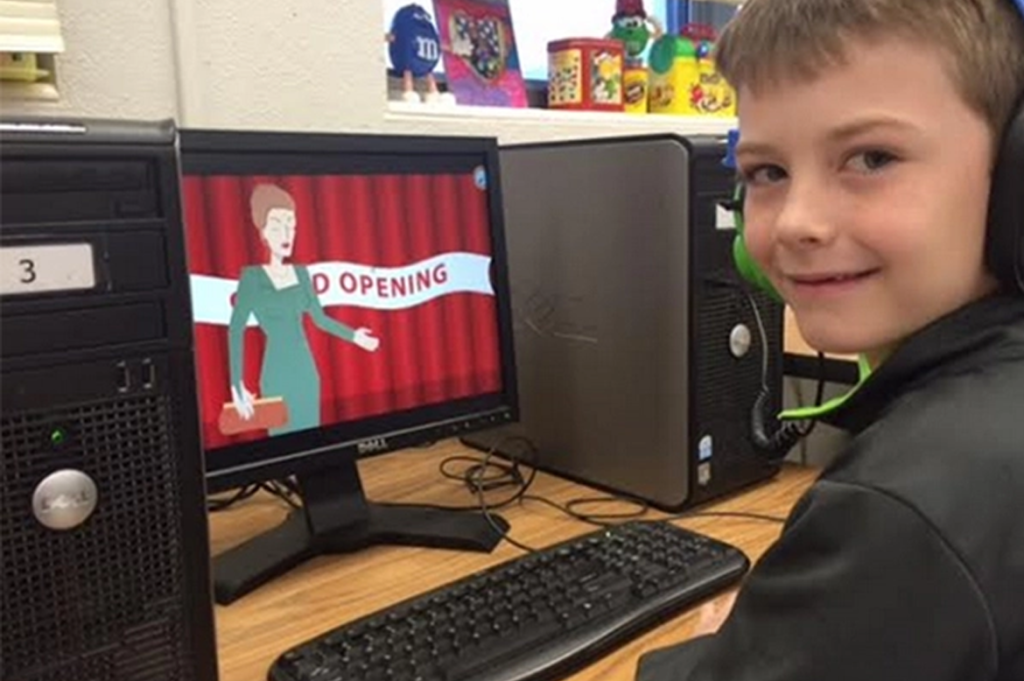
Part II: Other Prior Knowledge Strategies and Games
In the second part of this three-part series, we’ll take a look at other ways to assess and utilize your students’ prior knowledge when introducing scientific concepts with Science4Us.
KWL Q & A Map
Draw a large circle in the center of a piece of chart paper. Write what the students think they know about the topic in the circle. Draw lines radiating out from the original circle and slightly smaller circles at the end of each line. On the lines write what they want to find out. In the circles at the end of the line fill in the answers as the unit progresses.
T-chart Before and After
Lead a brainstorming session in which students generate questions about a new unit of study. Draw a two-column chart (t-chart) on your front board or chart paper. Record questions under the left column labeled “What I Want to Know.” As the unit progresses, students record answers to the questions under the right column labeled “What I Know Now.”
Prediction Walk
Copy key phrases and concepts from a unit of study onto index cards. Write one statement on each card. Make enough cards so every student has a different statement. Divide students into groups of three to four. Students walk around the classroom and share statements with each other. They should try to remember as much as possible, but they may not take any notes. Allow three to five minutes for students to walk around and share information before they return to their groups. Students should discuss what they learned from each other. Distribute a sheet of chart paper and markers to each group. Students record predictions about what they think the unit will be about. Lead a class discussion, permitting groups to share predictions. Discuss similarities and differences. Display the predictions in the classroom and revisit them as the unit unfolds.
Word Toss
Write four to six key words from an upcoming lesson on strips of an overhead transparency. Scatter the words on to the overhead projector so the students can read them in random order. Students work in groups of two to three to collaboratively write a sentence that reflects how the words are related. Lead a class discussion in which groups share sentences. Discuss similarities and differences.

List and Share
Students work independently to brainstorm words or phrases associated with a new topic. Lists should be recorded in science journals. Lead a class discussion where each student shares a fact about the topic. If students have the same fact they should mark it with a check. If it is a new fact, they should add it to their list. Students continue sharing facts until all have been read. Record facts on chart paper or front board as they are read for students to use as a model.
Anticipation Guide
Write 6-10 statements central to an upcoming unit of study. Statements should be a combination of true and false or fact and opinion. Make a ‘Before’ column and an ‘After’ column next to each statement. Copy for students as needed. Students answer agree or disagree for each statement. Anticipation Guides should be filled out once at the beginning of the unit and once at its conclusion. Compare student responses pre and post unit.
Pros, Cons, What I Wish
Generate a question that is central or related to a unit of study. Write the question across the top of a piece of chart paper. Divide the rest of the paper into three columns. Write “Pros” in the first column, “Cons” in the second column, and “Wish” in the third column.
Sample Question: What if I were a magnet?
Pros
I could stick myself to the refrigerator
Cons
Everywhere I walked metal objects would stick to me
Wish
I wish I could make a magnet